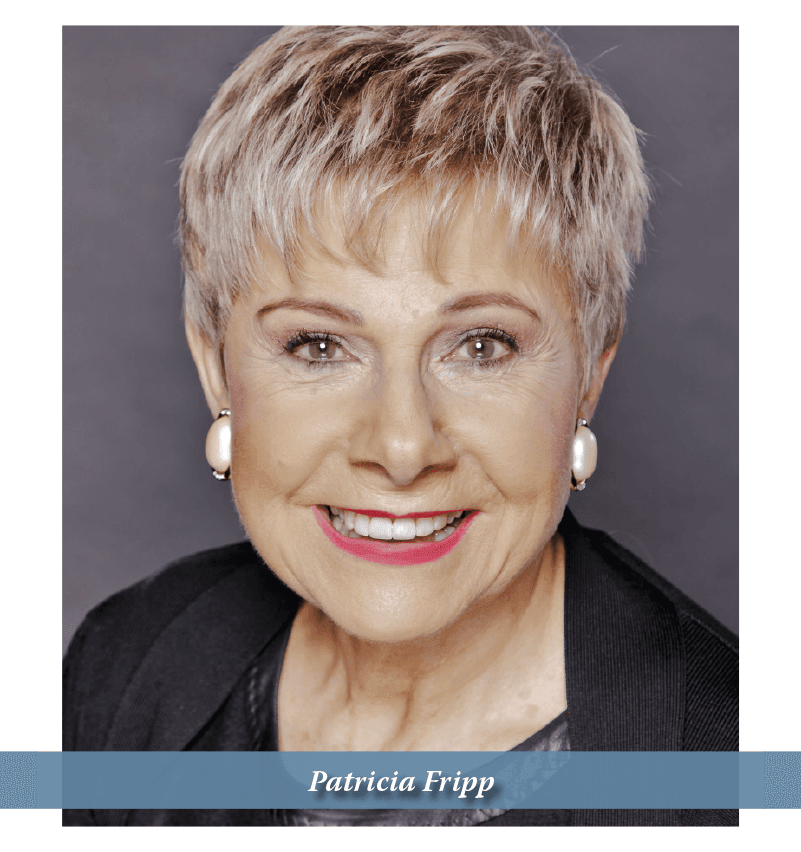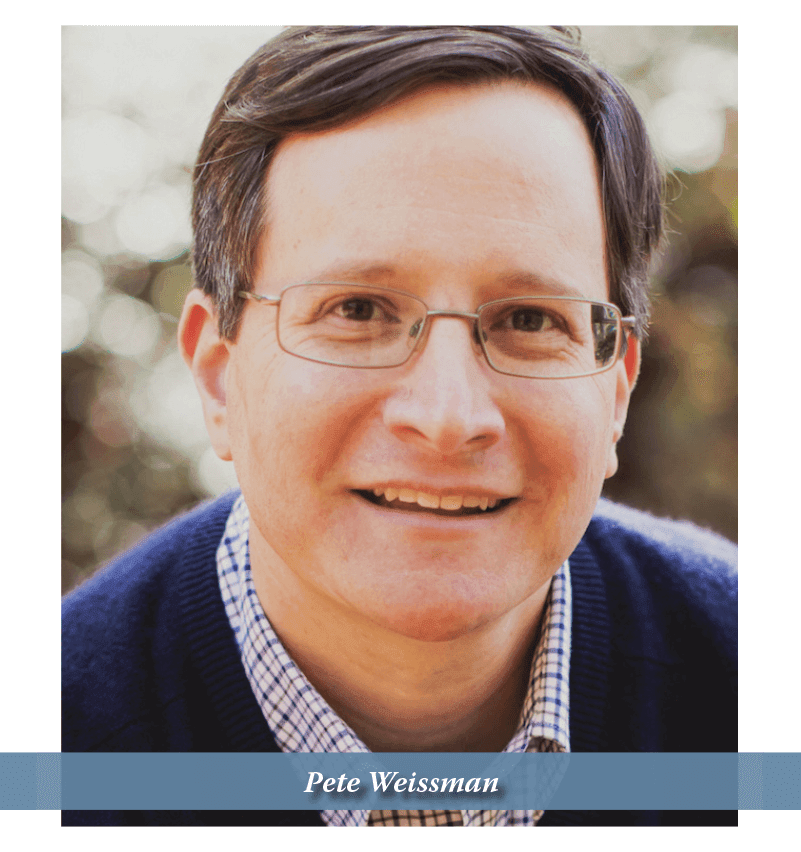You’re scheduled to give a speech in a week or two. You’re sitting at your computer, staring nervously at a blank screen. Countless questions swirl around in your mind: How should I start? How do I get the audience’s attention? Should I use humor? Do I need an outline? How do I conclude?
As a Toastmaster, you have access to resources galore. Each speech project has its own templates and guidelines. You also have mentors to help you over hurdles. But wouldn’t it be nice to have a quick, handy guide to all the basics? A one-stop shop that concisely covers the fundamentals of how to write an effective speech—Speechwriting 101, condensed into a few magazine pages?
Look no further. I interviewed three world-class speechmaking pros and grilled them on what every speechwriter—novice or veteran—should keep in mind to connect with audiences and get their message across. In the following Q&A, they share universal tips that apply to practically any type of speech in any setting.
Meet our expert panel:
- Simon Bucknall is a professional speaker and Toastmaster who won second place in the 2017 World Championship of Public Speaking. He provides executive speech coaching internationally.
- Patricia Fripp joined Cable Car Toastmasters club in 1975. Since then she has keynoted four Toastmasters International Conventions. She is a Hall of Fame keynote speaker and was the first female president of the National Speakers Association.
- Pete Weissman, a former member of Capitol Hill Toastmasters club, a 2012 International Convention speaker and founder of Thought Leader Communications, is an award-winning professional speechwriter, speaker and communications director who has worked with leaders in American government and Fortune 100 companies.
Should beginning speakers write out their speech word for word, or use an outline?

Bucknall: I advise you start with a full script if you feel you need it, but then gradually progress to just an outline, and ultimately no notes as you gain more experience. Often, the best way to get to a brief outline is to first draft the speech in full. You then whittle it down, gaining clarity as you do so.
Fripp: It can be difficult to make a conversational-sounding script unless you are used to it. Talk through it aloud and then write down what you said.
Weissman I often recommend writing out the entire speech, so you can perfect the voice, flow and transitions.
Does it matter how you format the speech on the computer?
Bucknall: Avoid writing in paragraphs. They’re a nightmare to edit and internalize as a speaker. Draft your speech in the form of one sentence per line, double-spaced. You’ll see the lengths of your sentences; it’s also easier to signal to yourself where to pause. Remember that you are writing a speech to be said, not read. The ultimate test of any speech is how it sounds out loud. Be sure to test that flow aloud (and ideally listen back to it) to gauge clarity, authenticity and naturalness.
Can you write a conclusion first and work backward?
Bucknall: Absolutely. In fact, you may find it easier and more effective—in Stephen Covey’s words—to begin with the end in mind. The creative process is messy. Feel good about building a speech in the same way you might assemble a jigsaw puzzle.

Fripp: It is OK to do so, as long as you’re recording creative thoughts and insights that might go into the final speech. Very often with longer speeches, the body of the speech is what you work on first, and the inspiration for how you’re going to open comes later.
Weissman: Use whatever creative process works best for you. No matter where I start, I usually get a burst of direction and enthusiasm the moment I figure out the angle of the speech. From there, everything lines up to support it.
How can a speaker assess how formal or informal a tone to use?
Bucknall: In general, conversational language is good. Very occasionally, protocol might dictate more formal language—which is fine, as a sign of respect for your audience. One of the most effective ways to achieve a conversational flow is to transcribe what you say, rather than the other way around. Record yourself talking about the topic, then write that down, rather than writing first and then speaking. Writing a “conversational flow” from scratch is very hard—just ask any screenwriter.
Fripp: A speech is not a conversation; however, it needs to sound conversational. With a conversation, there’s no script. It’s back and forth. With a presentation, you think in advance about what you’re going to say and the best way to say it. So you will have shorter sentences, better word choices and more specificity than in a conversation.

When it comes to choosing the right words, is simpler better?
Fripp: Ask yourself if what you are saying is what you would say in a conversation. Are these words you would use around the dinner table? If not, don’t put them in your speech. They won’t make you sound smarter.
Also think about specificity. The question I ask my clients more than any other is, “What do you mean by thing?” That word is nonspecific. It has no value. One engineer said, “There are two things people love about … ” I asked, “If they weren’t things, what would they be?” He answered: “Innovative upgrades.” Then I said, “There are billions of people in the world. Which people love your innovative upgrades?” He said, “Systems engineers.” So instead of “There are two things people love about … ” we ended up with “There are two innovative upgrades that systems engineers love.” You can see the difference.
Weissman You want your speech to be easily understood. Even if you are talking to a technical audience, minimize jargon and highly scientific language. Don’t use an obscure or ornate “50-cent word” when a simpler one will do. I recommend writing at a seventh-grade level. You can check your level with a Flesch–Kincaid readability test, available in many word-processing programs.
Audiences love to laugh, but is humor always helpful?
Bucknall: Humor is a skill, not a gift. If you practice and put in effort, you will get funnier. Humor is vital in speechwriting. Avoid crudeness. Self-deprecating humor is your safest bet.
Weissman Humor—like stories, data and quotations—should be relevant to your topic and audience. It must support your main idea. If you tell a joke, your success or failure will be revealed immediately after the punch line. Instead, I recommend using wit and humorous stories [versus jokes] because they don’t have that immediate, high-stakes moment of success or failure.
What about stories? Should every speech have at least one or two?
Bucknall: The overwhelming majority of speeches benefit from at least a story or two, though they may need to be very short.

Weissman Yes, stories pull listeners in and keep them engaged. We all have different ways we prefer to learn. Not everyone can handle a speech that’s only assertions and data.
Any tips on how to craft those stories?
Fripp: Stories are about people. Describe them so we can see them. We have to populate our stories with flesh-and-blood characters that other people can relate to. And when they talk to each other, deliver the dialogue, don’t report it: If I say, “I walked into the boss’s office and told him I needed a raise,” that’s reporting. If I say, “I walked into the boss’s office and said, ‘Boss, I need a raise!’” that’s delivering the dialogue. You can use energy and passion and emotion that you can’t if you’re merely reporting.
What makes for an effective opening?
Bucknall: Establish the relevance and purpose of the talk before you outline what it is you want to talk about. So many speakers take for granted that the audience is interested in the topic. The reality is that you need to engage them in the value of the topic before they’ll listen to you.
Many speakers assume the need for a “hard” opening—the big attention-grabber, which can often seem like a stunt. I’ve come to realize that “soft” openings can be equally effective, or more so. They are more conversational and natural, and draw the audience in. Either way, what’s vital is that within a minute or two you get to a point that really does intrigue the audience.
Fripp: There are many ways you could open. One is to transport the audience: You can take them to the future with “Imagine ... ” or to the past with “I wish you could have been there.” You could start with a story. I don’t think you should ever say, “Ladies and gentlemen, what a pleasure to be speaking to you all. I’m excited to be talking about ... ” Who cares? They want to be excited to listen, and it’s your job to engage them.
“Stories are about people. Describe them so we can see them.”
—Patricia FrippYou could start with an interesting statistic or little-known fact. However, if you introduce a statistic, I would add an emotion: For example, “Would it surprise you to know ... ?” or “Would it horrify you to know ... ?”
How many main ideas can a speech include?
Bucknall: You can make as many points as you like in a speech. The question is how many will stick. If you’re comfortable with making lots of small points in support of one overarching point or message, then that works well. A speaker who tries to make a large number of equally important points will soon run into trouble.
Weissman I recommend you try to share just one big idea, then have a few supporting points, data, examples or stories. Don’t overload a short speech.
How can speakers transition from one idea to the next?
Fripp: Pausing between ideas is a good way to transition. You can also move to a different part of the stage. Or you might say, “And the second lesson I learned,” and so forth, so you have a transition line, keeping a parallel structure. There’s nothing wrong with using such a numbering system. But instead of just “points,” talk about ideas, strategies, formulas.
Should speakers repeat certain key phrases or points throughout their speech?
Bucknall: I remember first being introduced to the concept of the “foundational phrase” by Craig Valentine, who was the 1999 World Champion of Public Speaking. It runs like a refrain or chorus line through a speech; it’s very effective. Speakers often shy away from repetition for fear of patronizing the audience. Listening is hard work. Reinforce, remind and re-emphasize your points to be of real value to an audience.
Should a conclusion always offer a summary of the speech and restate its main points?
Bucknall: Summarizing key points is fine. Giving the audience a clear “what next?” is better. Too many conclusions are retrospective. Make yours forward-looking, and it’ll be much more likely to be of value to the audience. Your conclusion is your last opportunity to drive change in the hearts and minds of your audience. Rhetorical questions can work well. Likewise, an emotive story. Projecting a possible future also enables your audience to sense what the benefits will be of taking action. Finally, circling back to where you started serves to highlight the journey you’ve been on as a group.
Mitch Mirkin is a member and past president of Randallstown Network Toastmasters in Baltimore, Maryland. He works as a communicator for the research program of the United States Department of Veterans Affairs.
Related Articles

Humor Speech Tips
3 Steps to Adding Humor to Your Speech

Presentation Skills



 Previous
Previous
 The 7 Virtues of Speechwriting
The 7 Virtues of Speechwriting
 Previous Article
Previous Article